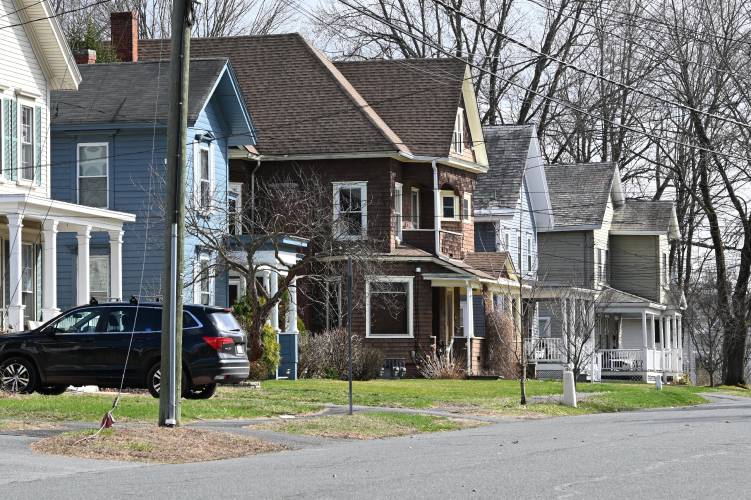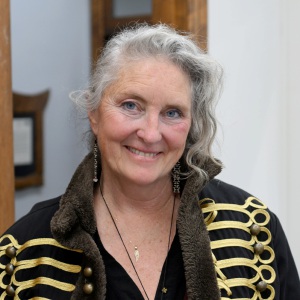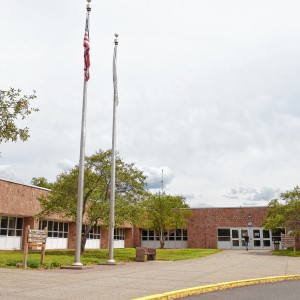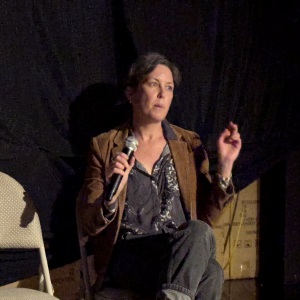My Turn: ADUs — The owner is gone, and so is granny

STAFF FILE PHOTO/PAUL FRANZ
| Published: 05-05-2025 12:33 PM |
Most days in Greenfield you can find us talking with our neighbors at our three favorite local stops: the Public Library, the Greenfield Senior Center lunch, and Saints James and Andrew church. We listen closely to what our community friends say about the challenges facing our city.
The subject of affordable housing is a frequent topic. Rents are too high. Home ownership is too low. People are concerned about the easing of regulations for developers, the conflict between private profits versus affordable housing. When accessory dwelling units (ADUs) first came to Greenfield a decade ago, they were all about bringing families closer. Now the focus has dramatically shifted. The new state mandate has changed from “in-law apartments” to investor profits.
ADUs no longer must be “owner occupied.” They can be built “by right” without any notice to the neighbors, or abutter appeal rights. This opens the door for absentee landlords and real estate investors. In recent months, we’ve seen not only new ADU regulations proposed, but zoning changes that allow corporations to own up to four-dwelling units by right, multi-family houses in more areas of the city, higher buildings in some districts, and multiple ADUs on one lot. We’ve seen no evidence that deregulation creates affordable housing.
We have not met anyone in Greenfield who wants to build more than one ADU in their backyard. Very few homeowners have the money to build one ADU, especially given the high cost of construction. The people who can build more than one ADU are land speculators and real estate investment trusts. As an incentive, state law allows the first ADU to be “protected” from all local zoning.
On May 8, the City Council holds a public hearing on a citizen proposal for a “one ADU on one lot” limit. We asked the Executive Office of Housing and Livable Communities: “Are cities required to allow multiple ADUs on a single lot?” The answer was: “It’s a local option whether to allow more than one ADU per lot.” This is how we can limit developers from maximizing profits.
Towns like Conway and Shutesbury are proposing one ADU per lot. A member of the Conway Planning Board told us: “Conway’s Principal Dwellings may yield no more than one protected unit ADU. It doesn’t provide any mechanism for additional ADUs of any type.” The Greenfield Economic Development Committee (EDC) minutes of its March meeting states: “Concern was raised that developers view ADUs as a lucrative incentive to make large quantities of money in the smallest amount of space, and there should be a limit on the number of ADUs that could be built on a lot.”
We have 5,525 residential lots in Greenfield. If we allow every parcel to contain 1 ADU with no special permit — that’s legal — and very generous. If over the next five years, only 2% of these owners build an ADU, we would have 110 new ADUs. That’s nearly six times higher than the state projects for Greenfield.
In our research on ADUs, we found a Department of Housing and Urban Development (HUD) study that highlighted Santa Cruz, California’s “award-winning” ADU Development Program, which “has been used as a model for other communities.” Santa Cruz requires owners to live on the property, and “no more than one ADU per lot” is allowed. That’s how you keep the focus on family — not profits.
Article continues after...
Yesterday's Most Read Articles
 Study examines feasibility of 6.7-mile trail connecting Whately, Deerfield, Sunderland and Amherst
Study examines feasibility of 6.7-mile trail connecting Whately, Deerfield, Sunderland and Amherst
 ‘You’re not going to see anything quite like it’: Bernardston Gas Engine Show, Flea Market and Craft Fair returns
‘You’re not going to see anything quite like it’: Bernardston Gas Engine Show, Flea Market and Craft Fair returns
 Write-in Goldman wins Montague Selectboard seat in a landslide
Write-in Goldman wins Montague Selectboard seat in a landslide
 Greenfield Police Logs: April 28 to May 3, 2025
Greenfield Police Logs: April 28 to May 3, 2025
 State board agrees on vocational school admissions reforms
State board agrees on vocational school admissions reforms
 Franklin County librarians detail modern-day challenges
Franklin County librarians detail modern-day challenges
We also found a recent opinion piece in The Boston Globe written by two citizens coalitions in Cambridge, who warn that “speculative investment has exacerbated the housing crisis. Developer profits have been prioritized over housing affordability.” They conclude that corporate buyers “can inflate costs by adding the need for investor profits to rents … If the city truly wants to address its housing crisis, it must abandon the myth that deregulation will solve the problem.” A commitment to keep housing affordable, does not mean “a free pass for developers.”
EDC Chair Councilor Derek Helie said it best at an April 8 public hearing: “I know housing is a crisis for a lot of people, but I also believe in responsible development … The state gives us the ability to allow one ADU on a lot. It’s more than enough for that one lot.”
We urge neighbors to email citycouncil@greenfield-ma.gov before May 8, urging councilors “to vote for ‘One ADU on One Lot.’ Affordability requires a commitment to keep housing accessible — not inviting developers to keep rents high.” We have only one chance to ask councilors to focus on affordable housing — not private profit.
Joan Marie Jackson and Mitch Speight live in Greenfield, and have testified at the state and local levels on homeowner’s rights, such as the recent successful Home Equity Theft campaign, and the new Elderly and Disabled Tax Fund Committee.






 Miriam and Mike Kurland: Our congressional delegation must fight for everyday people
Miriam and Mike Kurland: Our congressional delegation must fight for everyday people Karl Meyer: Shocked by SWAT team response
Karl Meyer: Shocked by SWAT team response Shirley Majewski: Dog shelter in Deerfield
Shirley Majewski: Dog shelter in Deerfield My Turn: Investing in the common good: Why funders back AmeriCorps
My Turn: Investing in the common good: Why funders back AmeriCorps
